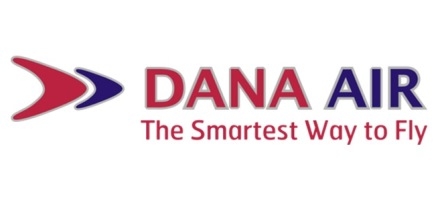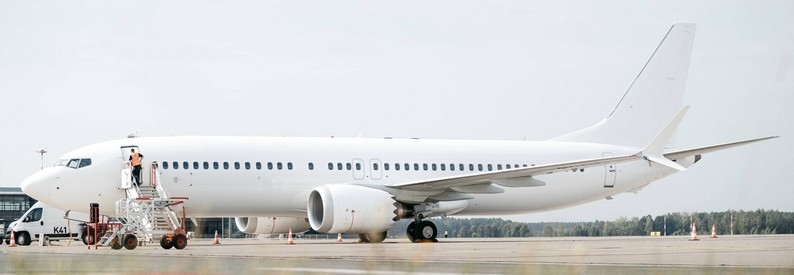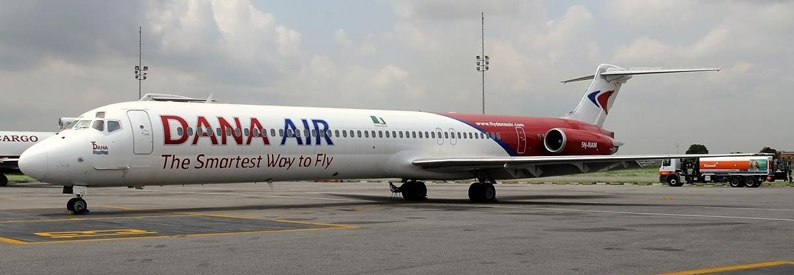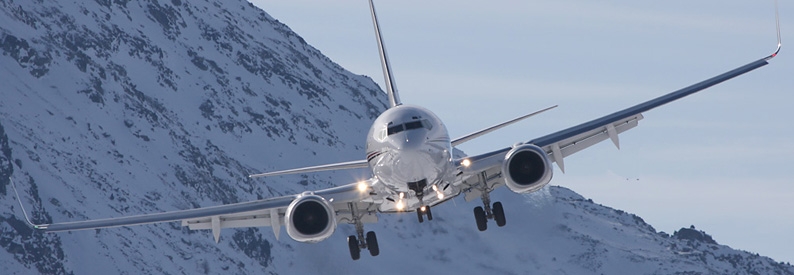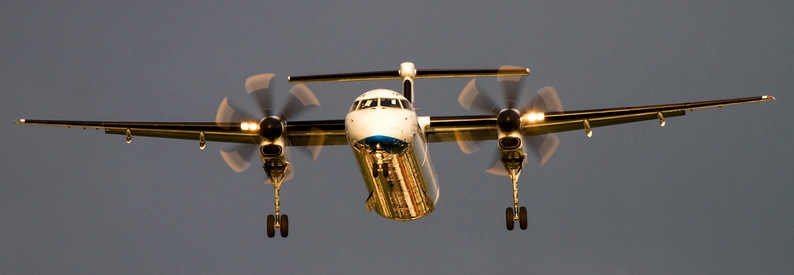Nigerian domestic carrier, Dana Air (DAN, Lagos) could shift to B737NGs and smaller regional jets as it moves into the next stage of its strategic business plan, says Chief Operating Officer Obi Mbanuzuo.
He told African Aerospace the airline expected a six-month delay in the implementation of its growth plans on the back of slow traffic recovery following COVID-19 but planned to be operating at pre-COVID-19 levels by December 2020.
Going into the crisis, Dana operated interconnecting flights between Abuja, Lagos, Port Harcourt Awolowo, Owerri, and Uyo. According to ch-aviation PRO airlines module, its fleet consists of one owned MD-82, four owned MD-83s, and two B737-300s leased from Aerolux.
He said Dana would look at phasing out its existing aircraft from 2021 on a one-for-one basis with B737NGs. Another option would be to acquire up to four Embraer E-Jets, with all variants in contention. The airline would consider operating the E-Jets either alongside the B737s or as standalone replacements if the offer and financing was right.
“We’re probably still going to fly the MDs until they get to their heaviest checks – D checks,” he said. “The earliest will be due in a couple of years. Then we’ll start phasing them out, and the idea is to replace them. By then, the market should have settled down enough for us to be able to get our hands on some reasonable NGs.”
On the E-Jet option, he said: “We’ve always wanted to keep one type of aircraft, but now we’ve got two, so I don’t think there’s anything wrong with two in future. That could be an idea to get a slightly smaller aircraft.”
Dana’s B737-300s entered commercial service in mid-February 2020. The airline has been using them to add frequencies on existing routes. Mbanuzuo said they might ultimately be used to add more destinations within Nigeria, such as Calabar, Enugu, and Kano.
He said the carrier remained focused on providing domestic services. Dana shortly experimented with international flights from Lagos to Accra, Ghana in 2016, but suspended the service after three months because of fuel scarcity, poor schedule reliability, and not having the right aircraft type.
“I don’t think we’ll do that again for another couple of years until we have a good, complete Nigeria network. We’re only doing five cities now. I suspect we will have about four or five [more domestic destinations] to go before we’re happy,” he said.
Another element of Dana’s strategic plan is to re-secure its International Air Transport Association (IATA) Operational Safety Audit (IOSA) registration. Dana originally became IOSA registered in 2016 to regain customer confidence after the 2012 crash of a Dana MD-83 on approach to Lagos, which killed 153 people on board and ten more on the ground. However, the airline consequently reverted to all-domestic operations, so management decided not to renew the IOSA approval.
Mbanuzuo said recertification would open the door to airline partnerships. Dana does not have any interline or codeshares but is in discussions with two Gulf carriers and open to talks around feeder flights within Nigeria to help boost its domestic traffic.
In the next few years, Dana also plans to establish an MRO subsidiary, Mbanuzuo said, with premises already secured for a hangar.
Founded in November 2008, the company hit break-even in 2009, generated a small profit in 2010 and was “fully profitable” in 2011. Two related groundings – six months in 2012 and three months in 2013 – pushed Dana into the red. The business returned to breakeven in 2014 and has been profitable since 2015.
